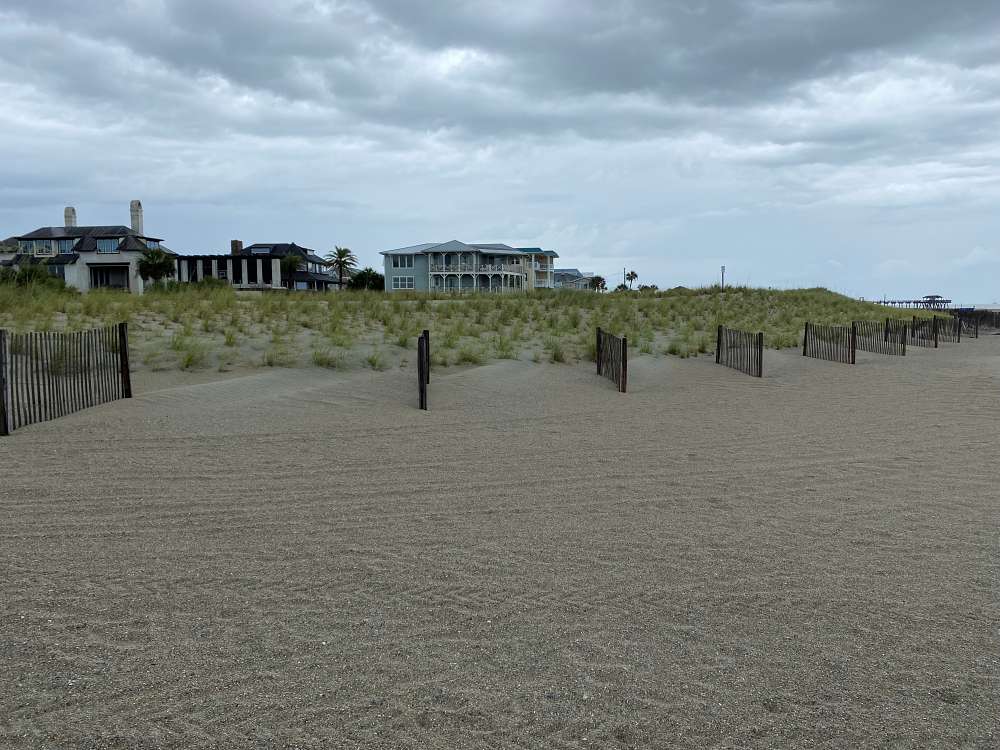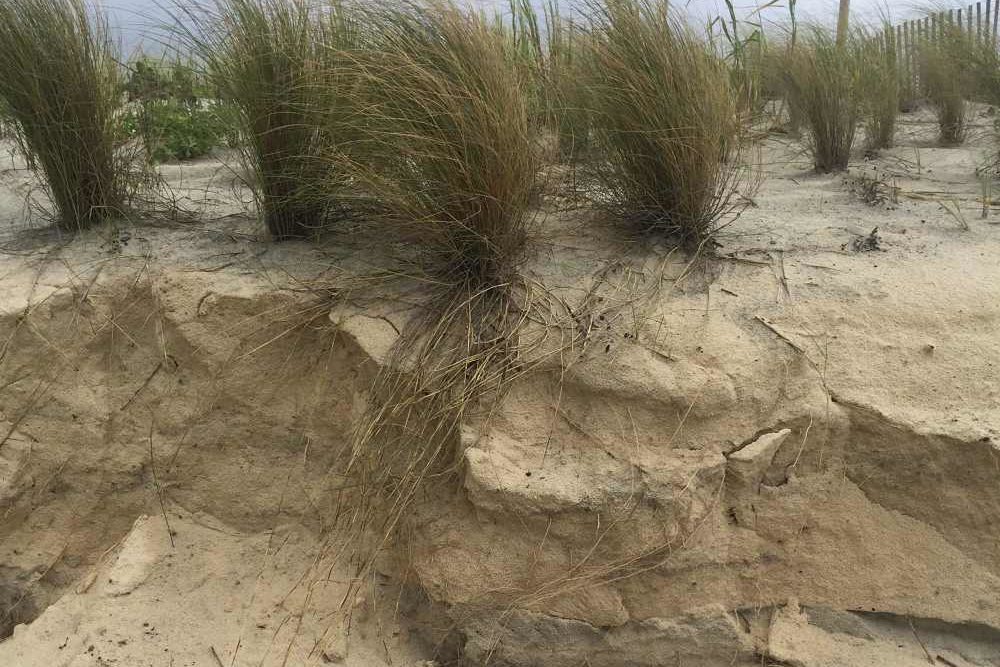This project aims to monitor dune vegetation and document best practices of beach and dune restoration.
Project Lead: Lissa Leege, Georgia Southern University, leege@georgiasouthern.edu
Partners: Georgia Department of Natural Resources, University of Georgia Marine Extension and Sea Grant, Georgia Southern College of Science and Mathematics, Georgia Southern Institute for Coastal Plain Science, Georgia Southern Office of Research
Funding: $150,000 ongoing project with new funding from a $63,000 Coastal Incentive Grant from Georgia Department of Natural Resources plus in-kind contributions from the City of Tybee Island

Goals: The overarching goal of this project is to implement the Coastal Incentive Grant’s themes of creating a sustainable community for Tybee Island that is disaster resilient to increasingly common coastal hazards, such as extreme high tides and powerful storms. The project’s specific goals are to:
- restore coastal dune ecosystem services appropriate to the Georgia coast
- evaluate the effectiveness of the restoration
- develop monitoring protocols with which to continue the assessment of the success of dune restoration
- train volunteer teams in the implementation of these monitoring protocols for twice yearly evaluation of dune health
- provide education and outreach by which to engage the stakeholders on Tybee Island
- develop a manual of best practices that can readily be implemented by coastal municipalities.
Learn more

